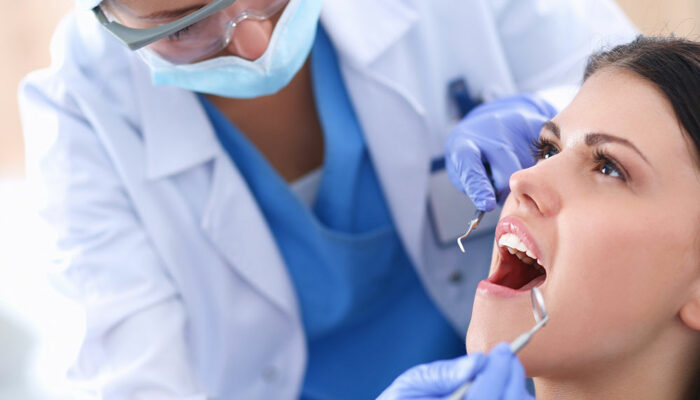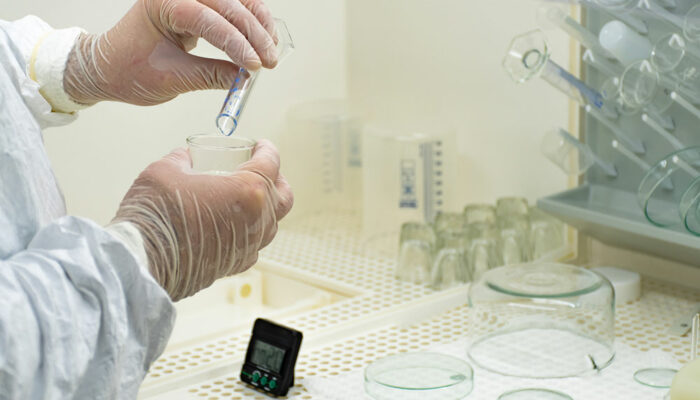
health
9 warning signs of dementia
Dementia is a group of conditions characterized by loss of cognitive functions, affecting thinking, memory, language, and problem-solving ability. Alzheimer’s disease is among the most common causes of dementia. Although there is no definite cure for most types of dementia, early diagnosis and intervention can help control its symptoms. Several psychiatric and psychotherapeutic interventions can be used to help people with the condition lead healthy lives. Here are some warning signs to recognize: Disorientation People with dementia often experience disorientation, even in familiar environments. Consequently, they may lose their way home if left unattended or wander away and not be able to find their way back. This issue may worsen with time and requires consistent intervention for symptom control. Memory loss Memory loss associated with the condition is brought on by brain damage and can affect the areas of the brain that deal with memory. Memory problems may grow as the disease progresses, leading to major issues with daily functioning. Visual hallucinations People with dementia may experience visual hallucinations, that is, seeing objects that do not exist in reality. This symptom is particularly prevalent among those with Lewy body dementia, though it may also be observed in other forms of the disease.
Read More 








